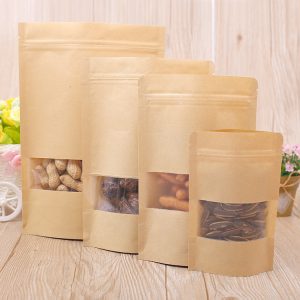Introduction
The laminating process is a surface processing process after printing. It is also known as post-press over-molding, post-press silicone or post-press film. It refers to the film covering the surface of the printed product with a layer of 0.012~0.020mm. Thick transparent plastic film to form a paper-plastic product processing technology. Generally speaking, according to the process used, it can be divided into two types, namely, a coating film and a pre-coating film, and is classified into two types: a bright film and a matt film depending on the film material.

As a way of protecting and decorating the surface of printed matter, the film has a large share in post-press processing. If you walk into a bookstore, you will find that most books use this method. This is because the printed film will be smoother, brighter, stain-resistant, water-resistant and wear-resistant. The color of the cover of the book will be more vivid and dazzling, and the wear resistance, folding resistance and tensile strength of the printed matter will be The moisture resistance has been greatly enhanced, which protects the appearance of various types of printed matter and improves the service life. Most notably, the film can largely compensate for the quality defects of the printed product, and many of the apparent defects that occur during the printing process can be covered after the film is coated (especially after the matte film). .
Application
The laminating process is widely used in all kinds of packaging and decoration printed matter, books, magazines, calendars, maps, etc. in various binding forms, which is a very popular surface processing technology for printed products. The film-coating process entered China in the 1980s. Due to its many advantages, it has swept the country in a very short period of time and has gradually become the darling of the surface decoration of books and periodicals.
Scope of application
For papers above 200g, the filming process must be used when there is a crease in the solid part.
After the single-side film of 128 g or less is coated, it is easy to roll due to the difference in surface tension between the two sides. After the matte film is applied, the color saturation of the printed matter may slightly decrease.
Laminating process technology
Coating film technology
That is, the coating film process is first applied with a binder on the film, and then hot pressed, but the production process is prone to fire.
Waterborne coating technology
It is a method of processing the surface of printed matter to improve the gloss, strength and aesthetic effect of the surface of the printed matter. To measure the quality of the film, it is also necessary to examine its brightness, strength, and adhesion. The water-based wet film is favored by customers because of its high strength, easy recycling and non-polluting properties.
Curved film
It is a brand-new transfer technology that can cope with complex workpieces and is suitable for different materials. It also greatly increases the added value of products due to vivid patterns and vivid colors. This technology is a special chemical treatment film, after printing a certain color pattern, it is sent to the surface of the water, using water pressure to write the pattern evenly on the surface of the product, while the coated film is automatically dissolved, washed and baked. After drying, a layer of transparent protective coating is applied, and the product has a completely different visual effect.
The laminating process can be divided into cold (cold press) coating and hot (heating) lamination according to the heat, pressure and material.
Thermal coating technology refers to heating and pre-coating the adhesive on the diaphragm, through which the film is bonded to the printed product; while the cold coating is pressed, directly bonding the film to the printed product by the adhesive. Together.
Both methods can produce various special films such as UV protective film, waterproof or anti-friction film.
